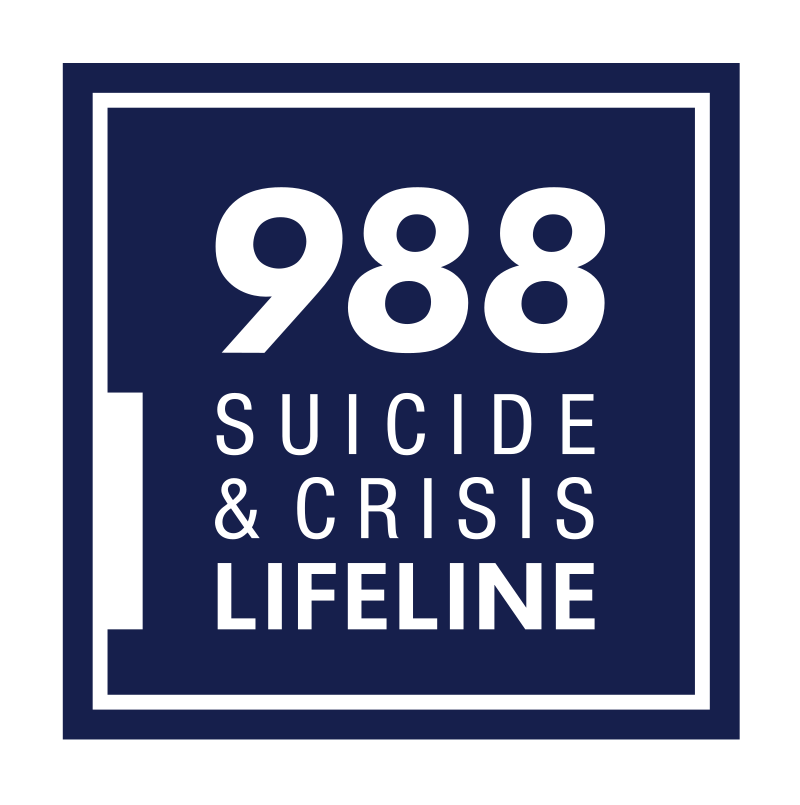Suicide prevention
The month of September is internationally dedicated remembering the lives lost to suicide, the millions of people who have struggled with suicidal ideation, and acknowledge the individuals, families, and communities that have been impacted. World Suicide Prevention Day (WSPD) was established in 2003 by the International Association for Suicide Prevention in conjunction with the World Health Organization (WHO) to dedicate September 10 of each year to focus attention on the issue, reduce stigma, and raise awareness through a singular message that suicides are preventable.
WHO’s statistics indicate that suicide happens across the lifespan and is a global phenomenon impacting all regions in the world. The latest mortality rates indicate that approximately 800,0000 lives are lost to suicide every year. The prevalence and impact of suicide makes it a global public health crisis.
As an accreditor, it is incumbent upon CARF International to fulfill our responsibility to raise awareness of the risk of suicide. We advocate for vigilance from all health and human services organizations, providers, and the public to recognize suicidal behavior cues in persons served.
Following our publication of Quality Practice Notice on Suicide Prevention, we published standards for Comprehensive Suicide Prevention Programs in 2017. Further, we added an assessment standard that requires programs accredited under CARF’s Behavioral Health and Opioid Treatment Program Standards Manuals to conduct suicide risk screening for all persons served ages 12 and older. Standards for risk assessment of persons served are included in all CARF standards manuals.
The National Action Alliance for Suicide Prevention (Action Alliance) is a public-private partnership working toward initiatives of the National Strategy for Suicide Prevention. CARF International president/CEO Brian J. Boon, Ph.D. serves on the Action Alliance Executive Committee (read about the #BeThere campaign) and suicide prevention efforts in CARF standards is directed by Michael Johnson, Senior Managing Director of Behavioral Health.
Information for providers
Resource center
Suicide Prevention Resource Center (SPRC) is the only federally supported resource center devoted to advancing the implementation of the National Strategy for Suicide Prevention. SPRC is funded by the U.S. Department of Health and Human Services’ Substance Abuse and Mental Health Services Administration (SAMHSA).
Suicide prevention training

The Clinical Workforce Preparedness Task Force (affiliated with the Z Action Alliance), has published Suicide Prevention and the Clinical Workforce: Guidelines for Training. We reference this publication in our Quality Practice Notice on Suicide Prevention.
Resources in the standards manuals
Numerous resources for suicide prevention and other important topics are available in Appendix D of the standards manuals. Refer to a CARF standards manual or go to the Resources section in Customer Connect.
Zero Suicide movement
For systems dedicated to improving patient safety, Zero Suicide presents an aspirational challenge and practical framework for system-wide transformation toward safer suicide care.
Connections for the public
Transforming crisis care in America
Since July 2022, dialing “988” routes calls to the National Suicide Prevention Lifeline. In 2020, Congress designated 988 as a new three-digit dialing, texting, and chat code for direct connection to compassionate, accessible support for anyone experiencing substance use issues, a suicidal crisis, or mental health-related distress. CARF proudly joins the National Action Alliance for Suicide Prevention and more than 250 organizations collaborating as promoters of the 988 Messaging Framework.
988 Facts

The implementation of 988 is strengthening and expanding the current lifeline call-center infrastructure and its capacity to ensure that trained crisis counselors are available by phone, text, and chat. A long-term goal of 988 is building a robust nationwide crisis response system that links callers to community-based providers who can deliver a full range of crisis care services (e.g., mobile crisis teams or stabilization centers), if needed.
CARF strongly supports this effort to streamline access to assistance. This change is the direct result of work by a vast array of stakeholders recognizing the need for lifesaving action, culminating in a strong federal response to suicide.
Trevor Project
The Trevor Project is focused on suicide prevention efforts among lesbian, gay, bisexual, transgender, queer, and questioning youth.
Working together to prevent suicide in Canada
The Federal Framework for Suicide Prevention was developed in recognition of those lost by suicide and the many Canadians who continue to struggle with thoughts of suicide. The Framework recognizes those who are affected by suicide, those who have survived suicide loss and those who have survived a suicide attempt and who are healing.
For information on suicide statistics, prevention, risk factors, and resources go to the Government of Canada suicide prevention.
A global role in suicide prevention
The International Association for Suicide Prevention is dedicated to preventing suicide and suicidal behaviour and to alleviating its effects. IASP leads the global role in suicide prevention by providing a proactive forum to create strong collaborative partnerships and promoting evidence-based action in order to reduce the incidence of suicide and suicidal behaviour.

